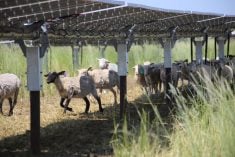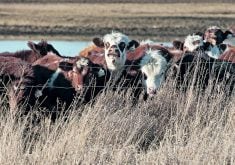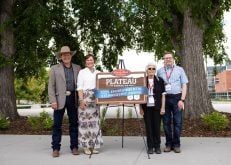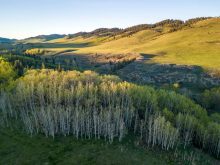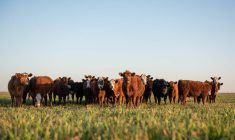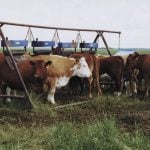If you’re a cattle producer, you may be counting down the days until you can turn your cows out on grass.
But three experts are telling you the best thing you can do is wait.
“Watch what the plants tell you,” said Grant Lastiwka, a forage specialist with Union Forages. “A perennial pasture has a very good memory. You have to remember that what you do is impactful. Giving it a chance to start in spring is crucial.”
He recommends that pastures not be grazed before plants reach the three-leaf stage.
Read Also
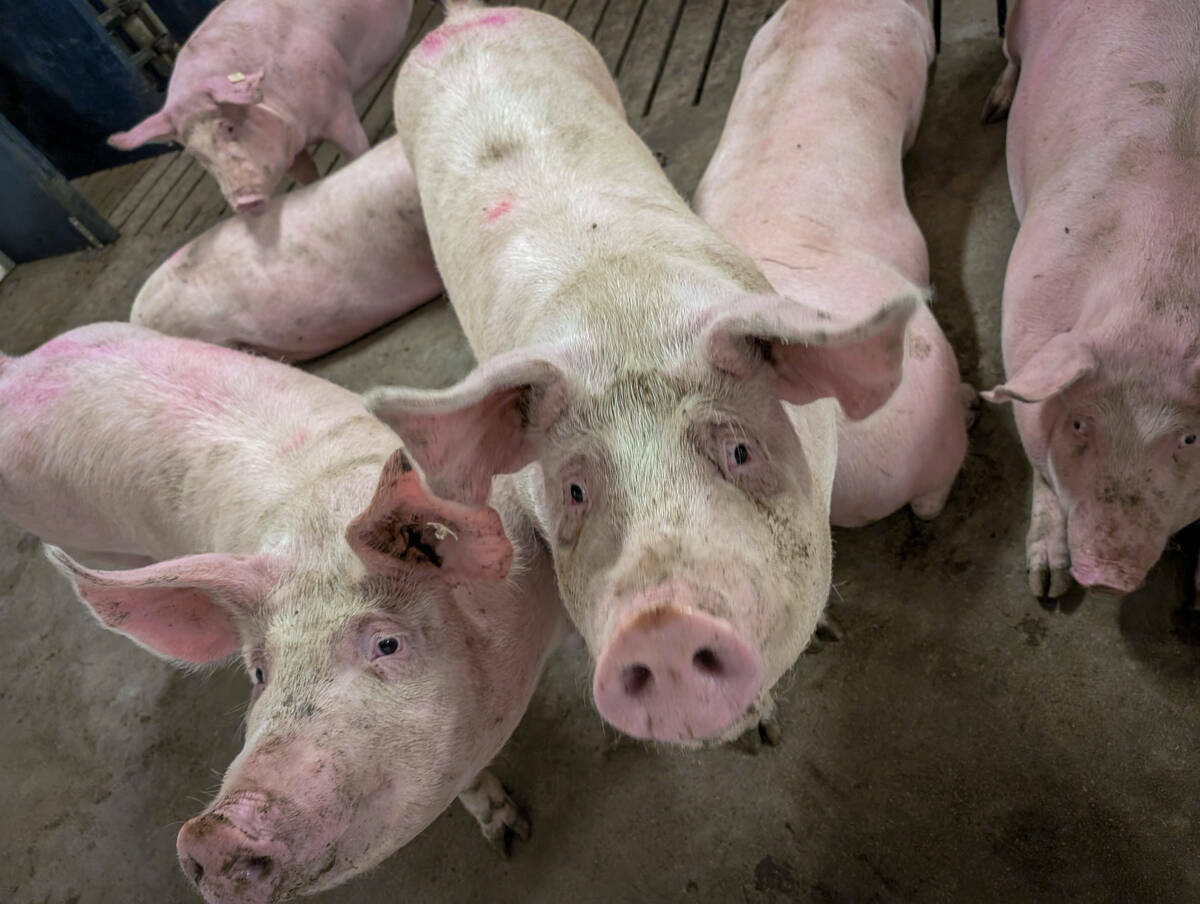
Ottawa pauses update on food from cloned livestock
Health Canada has indefinitely suspended a proposed update to the novel food policy governing foods derived from cloned cattle and swine, as well as their progeny.
“Prepare for a slower start to spring,” said Lastiwka, who ranches at Innisfail. “Be careful. Plan your grazing in a way that if you have any parts of pastures that weren’t grazed well, try to consider hauling water to them, putting animals there, so you have a sacrifice area, or you’re going to supplement in the area.”
The productivity potential of a pasture goes back to the previous year, he said.
“Back in August or September, those plants were making plans on what they were going to do this year,” he said. “All that is setting the stage for what is going to happen the following year.”
Agrologist Linda Hunt agrees.
“If you had a dry season and you’ve hit your pastures pretty hard, the biggest thing is making sure they get adequate rest to recover,” said Hunt, who lives near Camrose. “For grasses, you’re looking at six inches (of growth) and three to four new leaves. That’s adequate recovery to go in and regraze.
“For alfalfa, you’re looking to get it to 12 inches before you graze. It’s a judgment call based on your pastures.”
But it’s not a call you can make just by looking at a pasture.
“A bit of moisture can make it green up, but that doesn’t mean it’s ready to be grazed,” she said. “If you’re a good grazer and you know what plants you have out there, you can get more particular.”
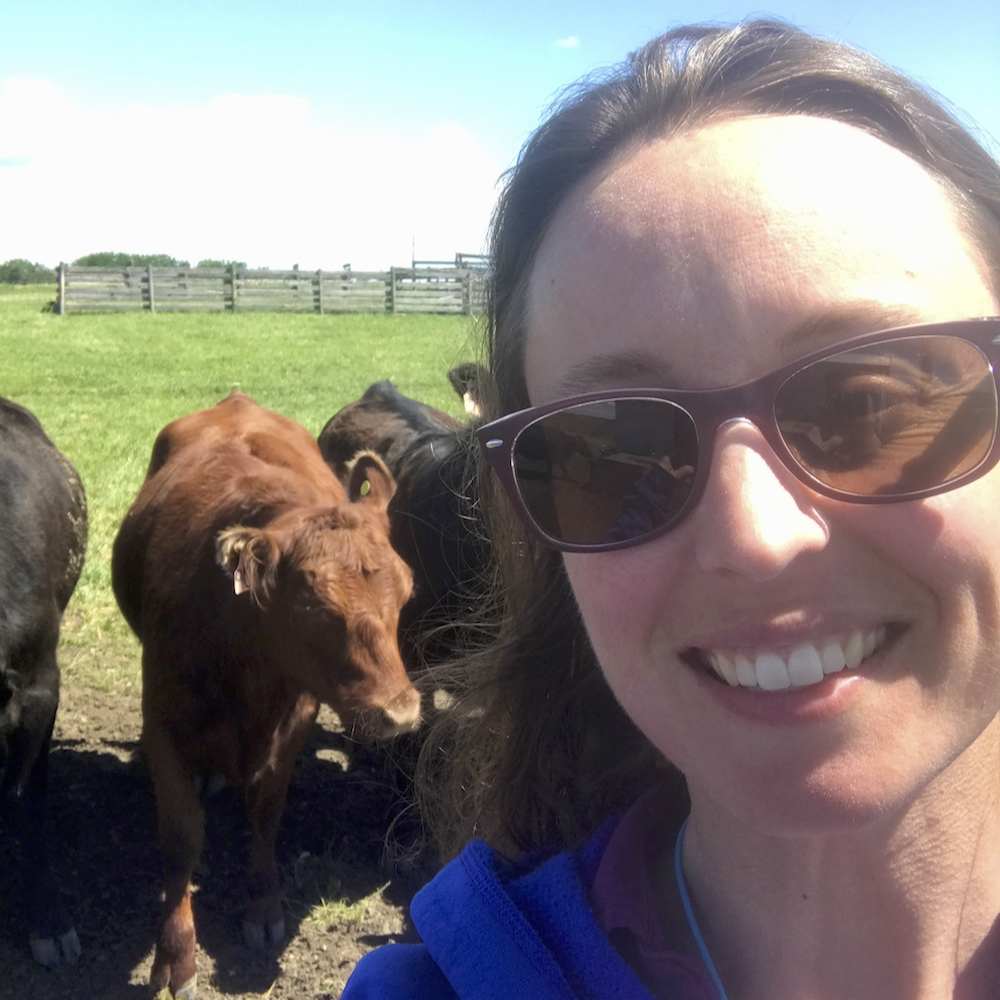
In her area, pastures have already sucked all the moisture out of the ground and there’s very little subsurface moisture.
“We are going to be relying on spring run-off and spring rains to regrow our grass,” said Hunt. “At some point, I have to make a judgment call on whether or not I think we will have good intermittent rain — or if all the rain I’m getting in the spring is all I’m going to get.”
It’s important to know what kind of response you can expect based on the type of plant species you have and how you used your pasture the year before, she added.
“In the black, brown, and grey soil zones, where we get moisture after June, in those places, we usually get some rain in August,” she said. “When that happens, cold-season grasses that are adapted to that will send out tillers. And those tillers are the first initial growth for the spring.
“So if you have had a really dry year and you go back in and graze those off in the fall, your pastures in the spring are going to take longer to get to that three- to four-leaf (stage) and to get to that six inches.”
Those who have grazed hard may have to wait until late spring or early summer.
“Think about those small tillers and if you grazed them off last fall, or if you have left them so they are available till spring,” said Hunt. “If you grazed them last fall, you need to be going in later for your pastures to adequately recover.”
Being patient won’t be easy this year, admits Barry Yaremcio, a nutritionist based in Stettler.
“I know it’s going to be difficult with the shortage of feed,” he said. “But for every day that you can keep the cows off the pasture in the spring, you’ll extend the grazing season by three days in the fall.”
Keeping the cattle off the grass for an extra two weeks this spring might be the best thing that a producer can do, he said.
But Yaremcio acknowledges that many producers are in a very tough spot — not only has feed been scarce and expensive, but they’ve gone through more of it because the winter was so cold.
“There will be a lot of people forced to turn their cows out early in the spring, well before they should, just because they’ve got nothing left in the feed yard,” he said.
In that case, he recommends securing extra feed in the form of grain, pellets or alfalfa cubes to feed the cows when they are on pasture.
“At least you are reducing the demand for fresh forage when they are able to consume feed that can be delivered to them,” he said.
And some may have to sacrifice a pasture.
“Try to build it into your grazing plan that those fields will not be grazed again until the following spring, or at least until they go dormant in the fall,” he said. “You’re trying to make the best out of the situation you’ve got.”
Another option that some are considering is seeding some acres of a cereal crop — such as winter wheat, fall rye or winter triticale — to provide grazing later on and give their pastures a rest.
“They can be seeded in the spring — they won’t produce a seed head or get very tall — but will start to produce a lot of forage in August and early September,” said Yaremcio. “You can take the cows off the pasture earlier in the fall, put them on the winter annuals. And that way, the pastures and the hay lands, if they’ve been grazed before, can have a bit of a rest and rejuvenate a bit before they go dormant in the fall.”




